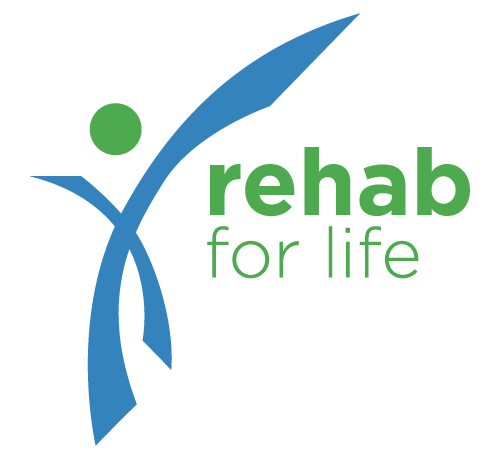Pre-Hab: How Rehabilitation Before Surgery Can Help
When you think of physical therapy, you may think of it as a post-operative process. But, it can even be used for preparing your body for surgery and what comes after.
Pre-surgical rehabilitation, known as preventative rehab or prehab, has become the standard for some elective orthopedic surgeries. Many patients who are facing major orthopedic surgeries (like hip and knee replacements) are prime candidates for this form of physical therapy. But, what exactly is it and why do you need it?
What is prehab therapy?
Prehab is preventative rehabilitation. After most orthopedic surgeries, patients are prescribed a series of physical therapy to help restore their strength, balance, and range of motion. Prehab therapy works on improving your movement, flexibility, and strength before your surgery.
Prehab is known as a proactive approach with the goal of setting your body up for a successful recovery after surgery. During prehab, physical therapists will assess you for any deficits in strength, range of motion, stability, and balance that may hinder your ability to recover from surgery. You’ll learn exercises that address these issues, and you’ll use many of these during your post-surgery rehabilitation. This provides the unique benefits of:
- Having a stronger body going into surgery, meaning it will also be stronger coming out of surgery.
- Your body will retain the muscle memory of these movements, which makes the rehab process a smoother transition.
Why is prehab therapy important?
Prehab provides you with the opportunity to have a role in controlling your recovery. Patients who are stronger and move better tend to do better post-procedure.
Numerous studies have shown that patients who complete effective strength & flexibility exercises before joint replacement surgeries are less likely to need inpatient rehabilitation and tend to recover faster. The benefits of prehab can show in as little as one day after surgery, and patients can achieve milestones faster (ultimately allowing them to return home faster).
Prehab also gives you the opportunity to become familiar with the environment and people that will be guiding you through the rehabilitation process after surgery. And, you’ll be able to ask questions about the recovery process and boost your confidence in achieving a full recovery.
Is prehab effective?
There are three primary limiting factors for the progression of rehabilitation after surgery: tissue healing, functional performance, and pain. Prehab focuses specifically on the functional performance issues, meaning your strength, power, and mobility. Prehab allows all three of these issues to be advanced.
Prehab can even reduce the number of post-operative treatment sessions (and the overall cost of care for rehabilitation). Patients can feel more prepared for surgery and have a positive outlook on their rehabilitation.
Which types of surgeries require prehab?
Any surgical procedure can benefit from prehab, especially if it will result in immobilization. The more common surgeries that utilize the benefits of prehab are:
- Total knee arthroplasty
- ACL reconstruction
- Total hip arthroplasty
- Total shoulder arthroplasty
- Rotator cuff repair
- Spinal surgery
The key to success is combining prehab with post-op care. Home exercise programs alone may be insufficient because they cannot account for all of the variables. Prehab sets the stage for a smoother transition from surgery to rehab.
If you or someone you know could benefit from prehab before an upcoming surgery, contact Rehab For Life today!




